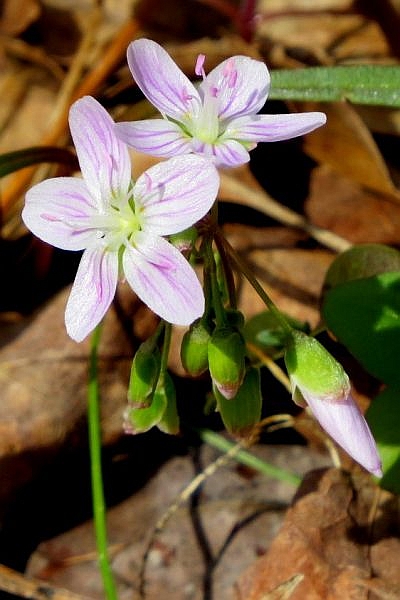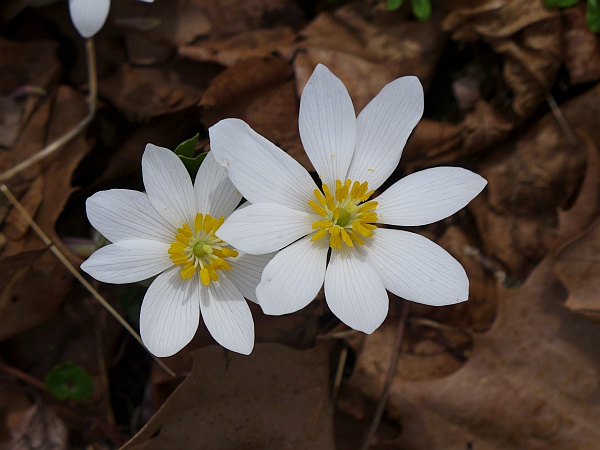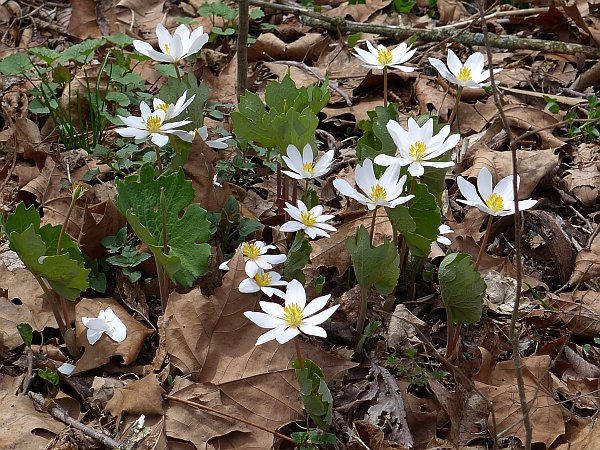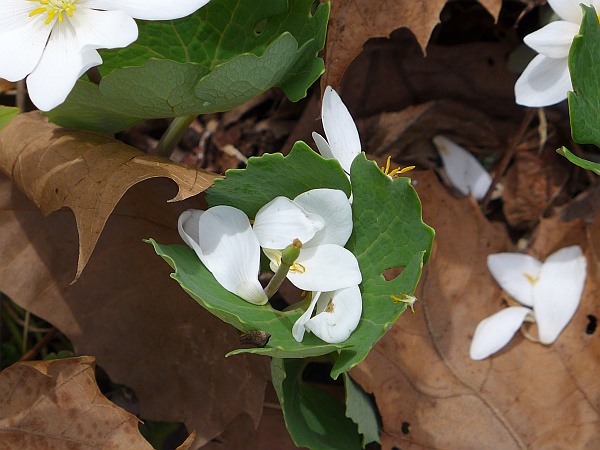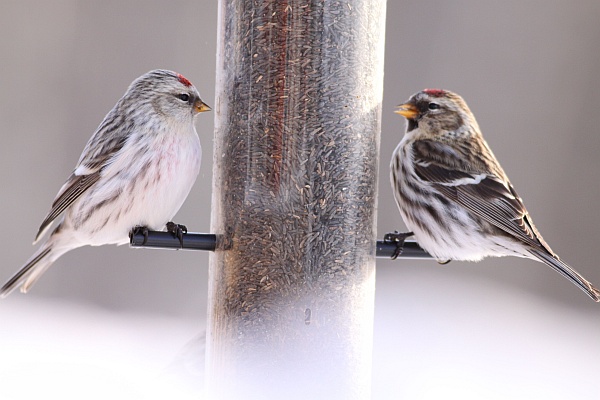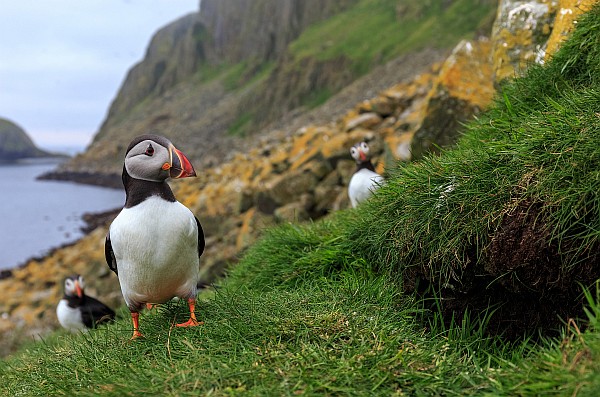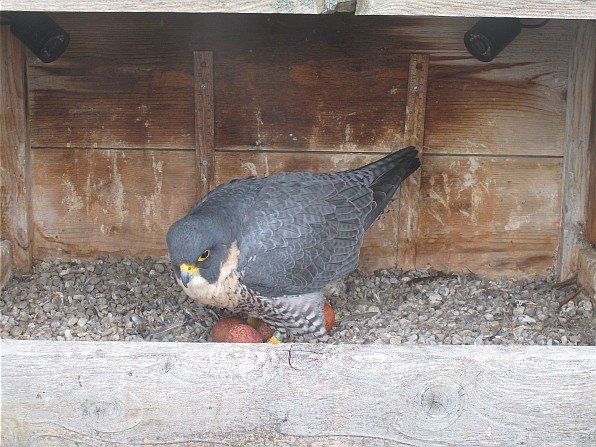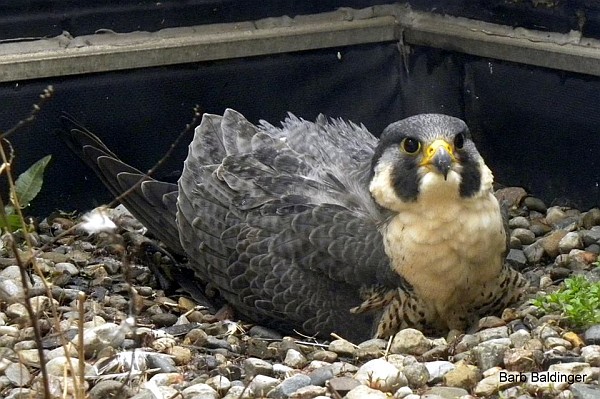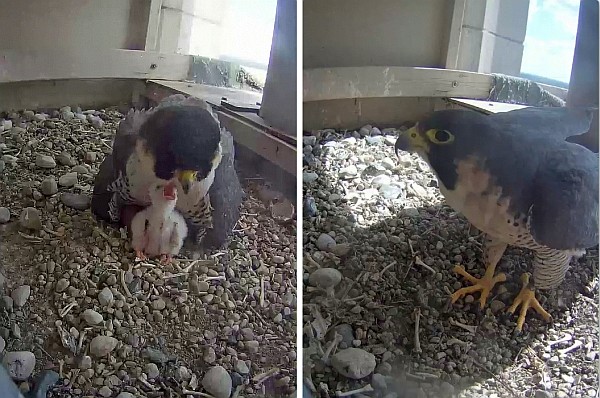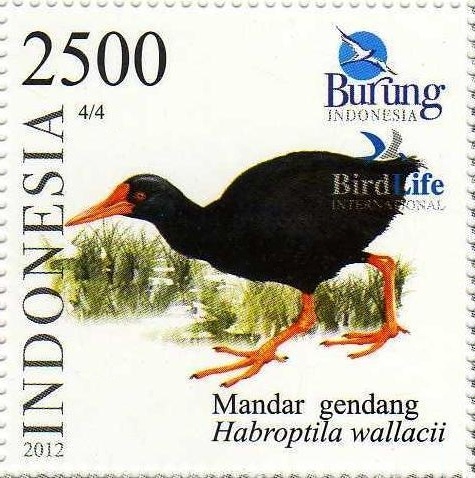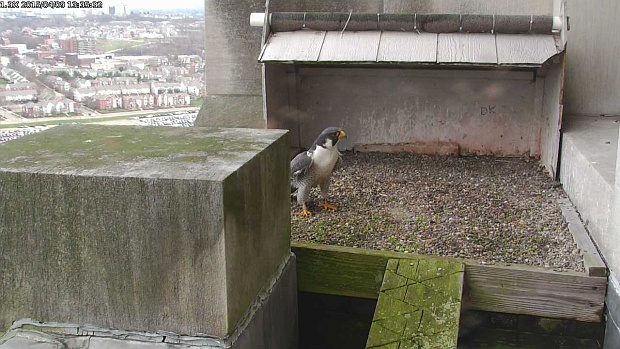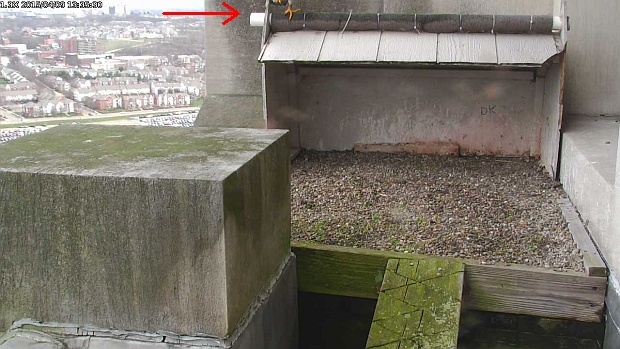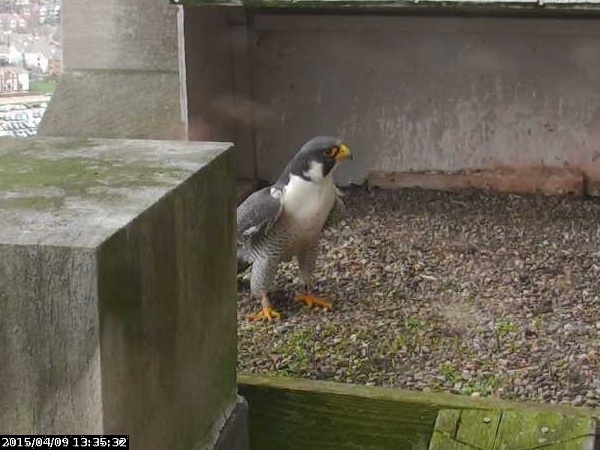
21 April 2015
Yes, it’s time to get outdoors but remember there are dangers out there.
Not bears and mountain lions. I’m talking about deer ticks, also known as black-legged ticks (Ixodes scapularis). They transmit Lyme disease and it can ruin your life for a very long time.
Tick season never ends but it’s really dangerous in the spring and early summer. Most Lyme disease is transmitted in May through July when the deer ticks’ tiny poppy-seed-sized nymphs are active and we’re active too. We don’t notice the nymph, or we forget — or don’t know — the basics of protection against Lyme disease.
Here are the basics with great help from the TickEncounter website at the University of Rhode Island.
- Know the enemy. Click here for details.

- Avoid the enemy. Click here for more.
- Wear light-colored long pants, long sleeves and a collar.
- Tuck your shirt in.
- Walk in the center of the trail. Before you walk off trail, tuck your pants into your socks and keep them that way. Did you know ticks lurk in leaf litter, too?
- Pre-treat your clothing and shoes with permethrin. Read and follow label directions. TickEncounter says this substitutes for (a) and (c) and works better than DEET!
- Protect your yard and your pets with tips found here.
- Do a daily tick check. Yes, daily! You might have missed one yesterday. Here’s how to check.
- When you take off your hiking clothes, immediately dry them for 10 minutes in a hot dryer. Really. This kills ticks.
- If you find a tick remove it correctly (here’s how) and save it for testing. Send it here and they’ll tell you if it carries Lyme disease.
I thought I knew about deer ticks but I learned valuable new information at the TickEncounter Resource Center. Visit their website here.
Forewarned is forearmed.
p.s. Even if your clothes are sprayed with permethrin, don’t bushwhack through Bush honeysuckle or Japanese barberry. Those two shrubs are tick magnets!
(photo of clothes and dryer by Kate St. John. tick chart from the Center for Disease Control via Wikimedia Commons. Click on the chart to see the original)



